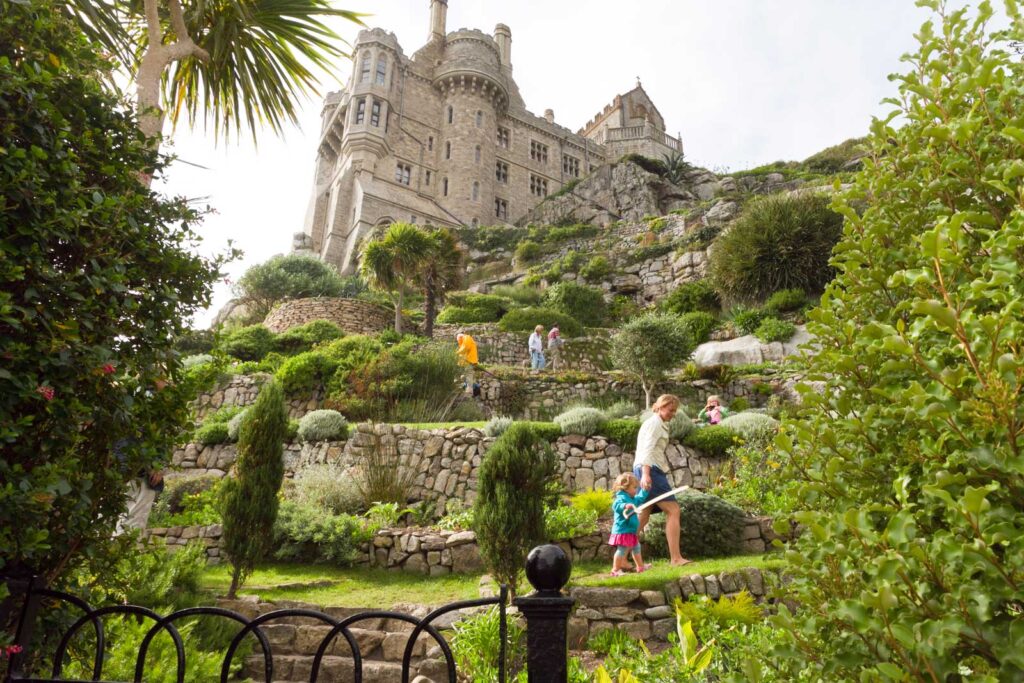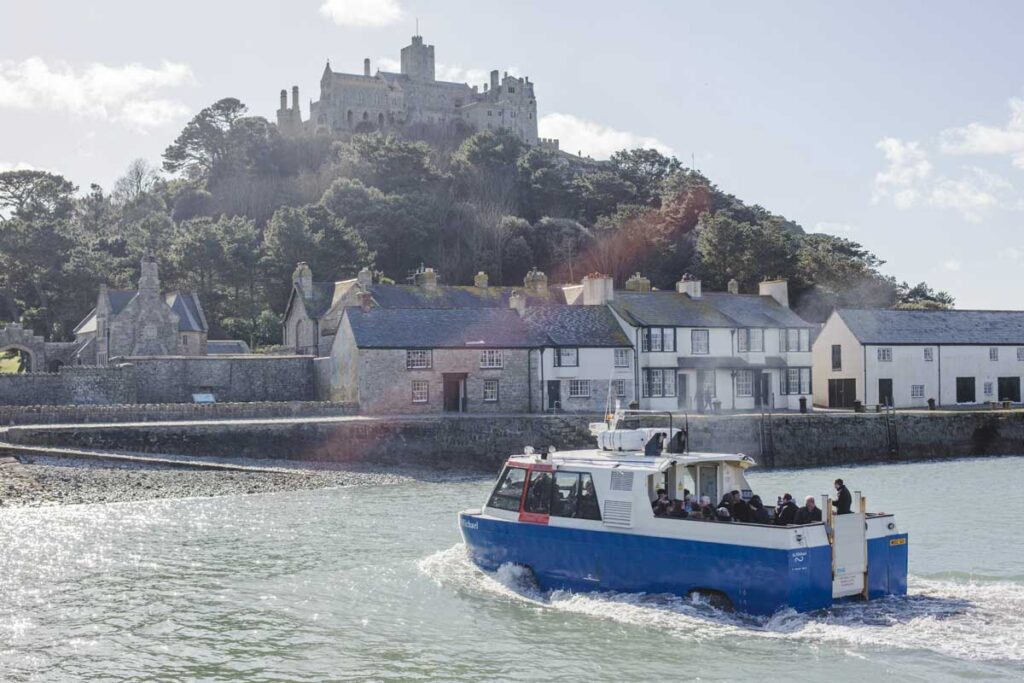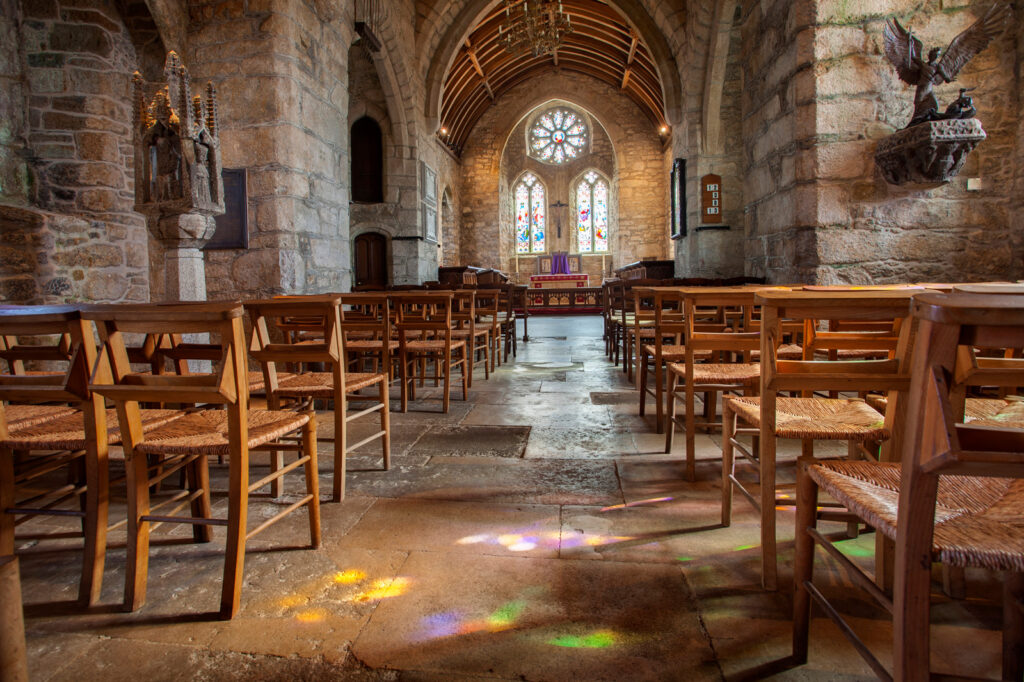St Michael’s Mount

A short history
St Michael’s Mount has inspired and fascinated people for thousands of years. It is rich in stories from almost every historical age.
A source of Bronze Age relics and very possibly Ictis, the tidal island to which Phoenician traders once travelled. An early Celtic place of worship and then a Norman monastery. A site of miracles and a destination for pilgrims. A fortress bravely held under siege or captured by deception. A haven of art and culture.
It is an enchanting island castle – and a much-loved family home.
A unique partnership and community
In 1954 Francis St Aubyn – the third Lord St Levan – gave most of St Michael’s Mount to the National Trust, along with a large endowment fund for its upkeep. He retained a 999-year lease for the family to live in the castle, together with a licence to show the historical rooms to the visiting public.
While the National Trust now ensures the preservation and conservation of the Mount, the St Aubyn family continue to live on and manage the island, as they have done since the middle of the 17th Century.
This unique partnership supports a vibrant community life on the island, where some twelve families live permanently, with everyone having a role, such as running the boats or tending the gardens. From April to October more than eighty seasonal staff come on board to ensure that National Trust members and other visitors to the Mount experience a memorable and enjoyable day out.


One of the most instantly recognisable landmarks in the country
St Michael’s Mount welcomes as many as 350,000 visitors a year to the castle and village. The beautiful but fragile gardens are open on a more restricted basis. However, the garden design and the plantings can also be seen and enjoyed from the castle battlements above.
The village has a café, pop-ups, and two shops, as well as a picturesque harbour. It is no surprise that requests for filming come in from all over the world.